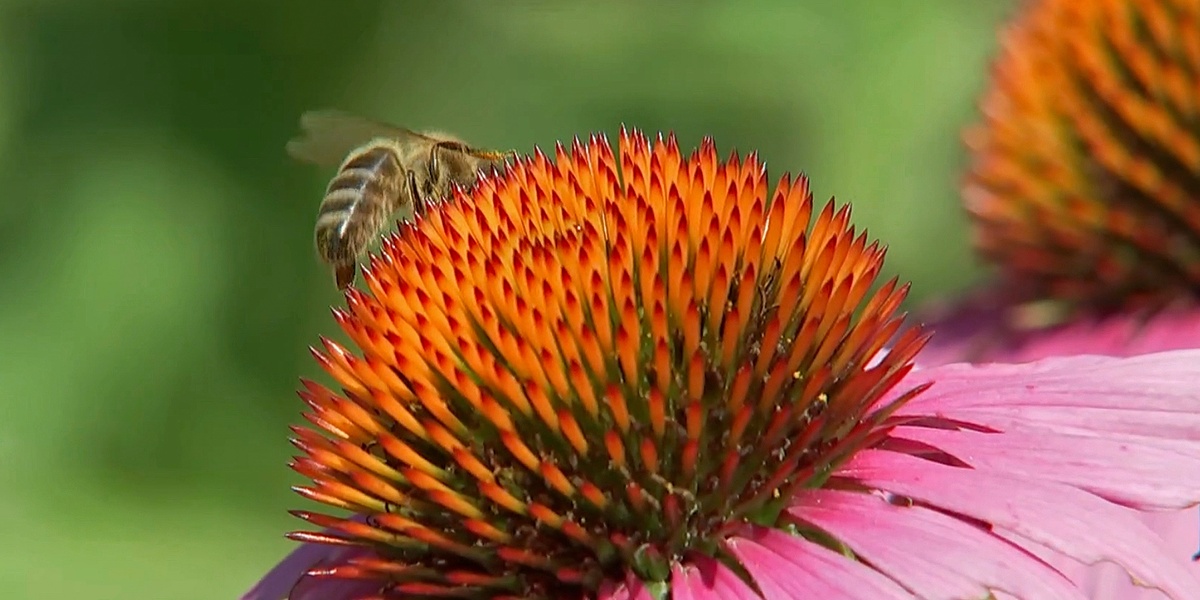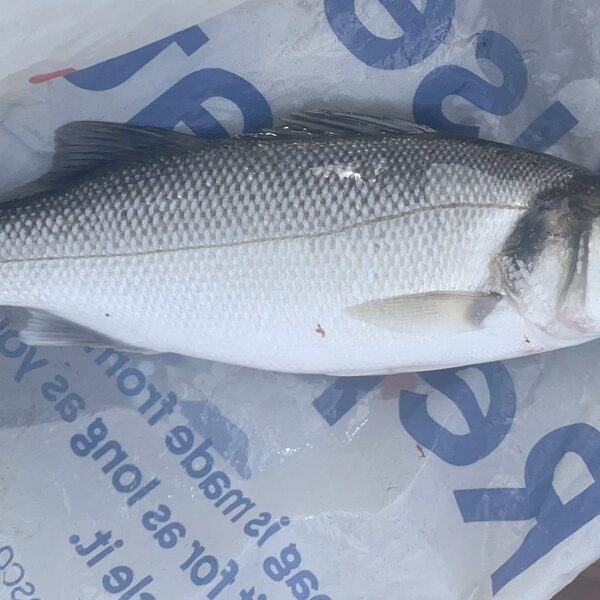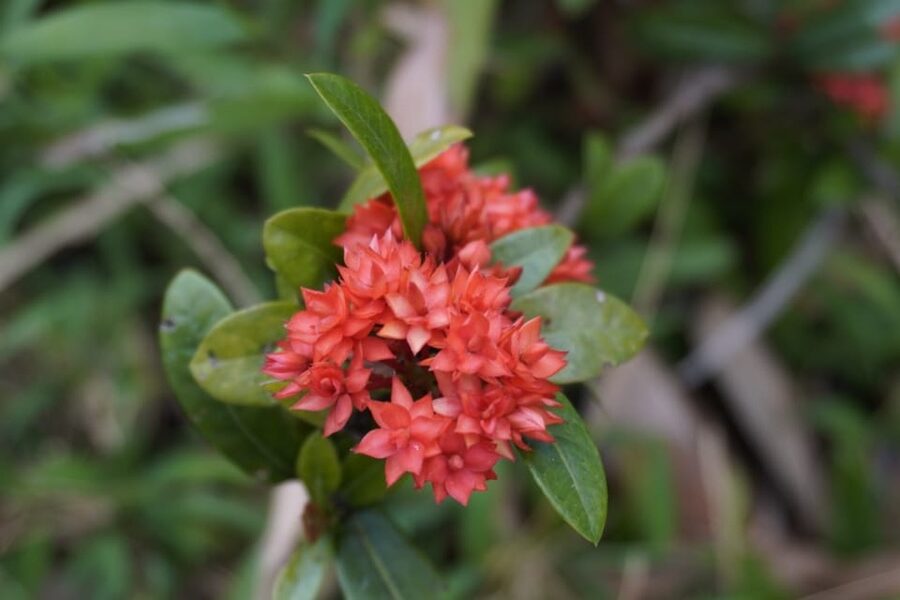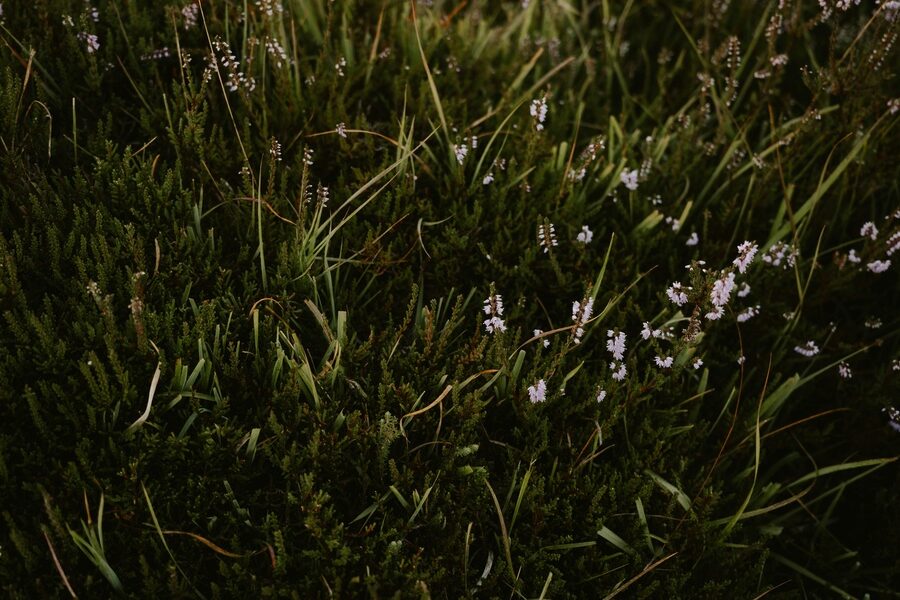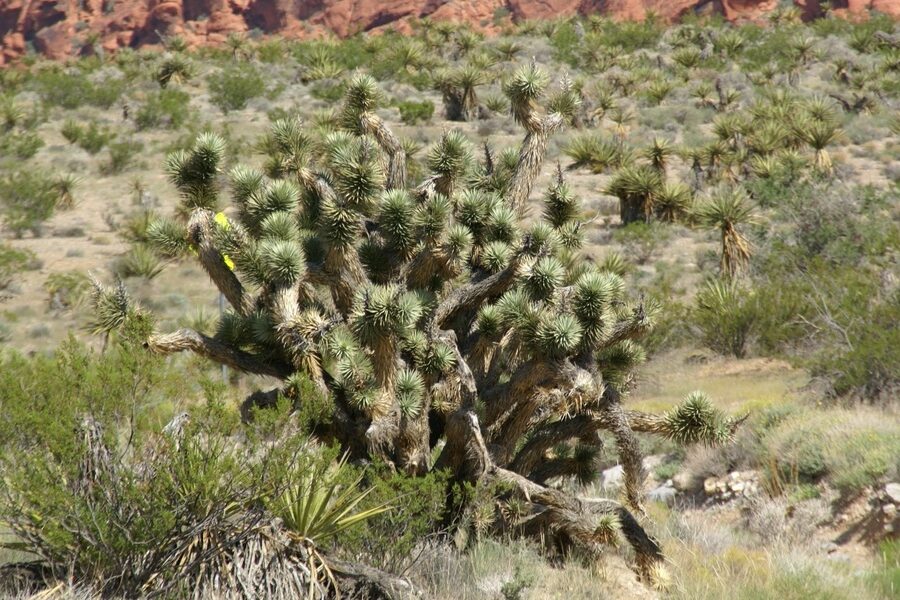From coastal dunes to high mountain meadows, native plants shape the look, habitat and seasonal rhythm of the United States. Knowing which species belong where helps gardeners, restoration projects and curious naturalists choose the right plants for local soils and climates.
There are 50 The United States’ native plants, ranging from Adam’s-Needle (Yucca) to Yarrow. For each species we’ve listed Scientific name,Native range (US states/regions),Height (cm); details you’ll find below.
How can I choose native plants that will thrive in my yard?
Start by identifying your USDA hardiness zone and local ecoregion, then pick species recorded for those states or regions in the list below; matching native range and expected Height (cm) helps ensure proper spacing, light and moisture needs.
Are the listed native ranges and heights reliable for planning purposes?
The ranges and heights are intended as general guides—use them to narrow choices, then consult local extension services or plant guides for site-specific info and seasonal behavior before large plantings.
The United States’ Native Plants
| Common name | Scientific name | Native range (US states/regions) | Height (cm) |
|---|---|---|---|
| Purple Coneflower | Echinacea purpurea | Central & Eastern US | 60-120 |
| Black-eyed Susan | Rudbeckia hirta | Most of continental US | 30-90 |
| Butterfly Milkweed | Asclepias tuberosa | Eastern & Central US | 30-60 |
| Common Milkweed | Asclepias syriaca | Northeast, Midwest & parts of central US | 100-200 |
| Swamp Milkweed | Asclepias incarnata | Eastern US wetlands & marsh edges | 100-150 |
| Wild Bergamot (Bee Balm) | Monarda fistulosa | Most of continental US | 60-90 |
| Purple Prairie Clover | Dalea purpurea | Great Plains & Midwest | 30-60 |
| Blazing Star (Gayfeather) | Liatris spicata | Eastern & Central US | 60-120 |
| Little Bluestem | Schizachyrium scoparium | Prairies across US (central & eastern) | 30-90 |
| Switchgrass | Panicum virgatum | Eastern, Central & parts of western US | 60-180 |
| Beachgrass | Ammophila breviligulata | Atlantic coast dunes (Northeast to Mid-Atlantic) | 30-120 |
| Eastern Redbud | Cercis canadensis | Eastern & Central US | 300-600 |
| Flowering Dogwood | Cornus florida | Eastern US woodlands & ridges | 300-600 |
| Red Maple | Acer rubrum | Northeast, Midwest & Southeast | 1,000-1,500 |
| White Oak | Quercus alba | Eastern & Central US | 1,200-2,000 |
| Ponderosa Pine | Pinus ponderosa | Western US (Rockies, Cascades, Sierra) | 1,200-2,500 |
| Douglas-fir | Pseudotsuga menziesii | Pacific Northwest, northern Rockies | 1,500-3,000 |
| California Poppy | Eschscholzia californica | California & parts of western US | 15-45 |
| Wild Lupine | Lupinus perennis | Northeast & Midwest sandy soils | 30-60 |
| Columbine | Aquilegia canadensis | Eastern & Central US woodlands | 30-60 |
| Joe-Pye Weed | Eutrochium purpureum | Eastern US wet meadows & thickets | 120-240 |
| Yarrow | Achillea millefolium | Widespread across US | 30-90 |
| Wild Ginger | Asarum canadense | Eastern US deciduous forests | 10-25 |
| New Jersey Tea | Ceanothus americanus | Eastern & Central US prairies and open woods | 50-100 |
| American Beautyberry | Callicarpa americana | Southeast US understory & thickets | 150-200 |
| Serviceberry | Amelanchier arborea | Eastern & Central US woodlands & edges | 300-600 |
| Spicebush | Lindera benzoin | Eastern US moist woods & wetlands | 200-400 |
| Highbush Blueberry | Vaccinium corymbosum | Northeast, Appalachians & Southeast | 60-200 |
| Black Cherry | Prunus serotina | Eastern US woodlands & edges | 600-1,500 |
| Eastern Hemlock | Tsuga canadensis | Northeast & Appalachian forests | 600-1,200 |
| Kinnikinnick (Bearberry) | Arctostaphylos uva-ursi | Northern & western US, alpine and coastal | 10-60 |
| American Wisteria | Wisteria frutescens | Southeastern US river edges & woodlands | 200-500 |
| River Oats | Chasmanthium latifolium | Eastern US streambanks & woodlands | 60-150 |
| Coreopsis | Coreopsis tinctoria | Central & Eastern US prairies and roadsides | 30-90 |
| Indian Blanket (Gaillardia) | Gaillardia pulchella | Central & Southern US sunny disturbed sites | 25-60 |
| Foxglove Beardtongue | Penstemon digitalis | Eastern & Central US prairies and open woods | 60-120 |
| Blue Flax (Lewis Flax) | Linum lewisii | Western US mountains & prairies | 30-45 |
| Prairie Smoke | Geum triflorum | Great Plains & northern prairies | 15-30 |
| Canada Goldenrod | Solidago canadensis | Widespread across US | 30-200 |
| Oakleaf Hydrangea | Hydrangea quercifolia | Southeast US woodlands and slopes | 150-250 |
| Eastern Pricklypear | Opuntia humifusa | Coastal dunes, prairies & rocky sites in eastern US | 10-60 |
| Smoketree | Cotinus obovatus | Southeastern US limestone slopes | 300-600 |
| Saguaro Cactus | Carnegiea gigantea | Sonoran Desert (Arizona) | 500-1,200 |
| Adam’s-Needle (Yucca) | Yucca filamentosa | Southeast & East Coast sandy soils | 60-150 |
| Black Locust | Robinia pseudoacacia | Appalachian foothills & Ozarks (native range) | 600-1,800 |
| Sweetgum | Liquidambar styraciflua | Southeast, extending north to Mid-Atlantic and Midwest | 1,200-2,000 |
| Northern Catalpa | Catalpa speciosa | Midwest & South riverbanks and uplands | 600-1,200 |
| Cranberry Viburnum | Viburnum trilobum | Northern US & Canada wetlands and woodlands | 150-300 |
| Wild Senna | Senna marilandica | Eastern & Central US moist prairies and open woods | 120-180 |
| Trillium | Trillium grandiflorum | Eastern North America deciduous forests | 20-40 |
Images and Descriptions
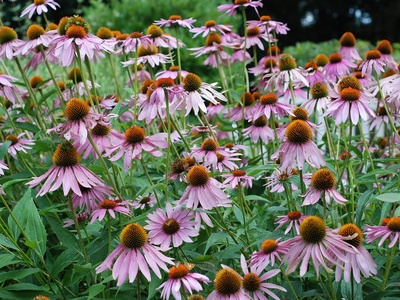
Purple Coneflower
Prairie and meadow perennial that blooms summer into early fall with large purple daisy-like flowers. Attracts bees, butterflies and pollinators; valued in native gardens and for medicinal folk uses. Generally widespread and not of conservation concern.
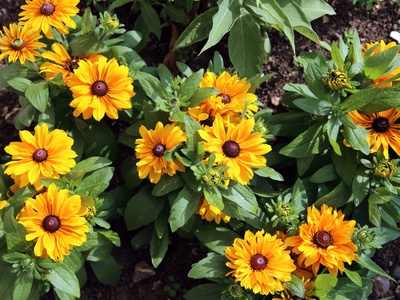
Black-eyed Susan
Sun-loving wildflower of fields, roadsides and open woods that blooms summer to fall with bright yellow petals and dark centers. Easy to grow, provides seed for birds and erosion control in restoration projects.

Butterfly Milkweed
Dry to well-drained prairie and roadside perennial producing bright orange clusters in summer. Important nectar source for butterflies and larval host for monarchs; drought tolerant and excellent for pollinator gardens.

Common Milkweed
Clump-forming perennial of fields and disturbed ground, blooming summer with pinkish umbels. Key monarch larval host and nectar source; spreads by rhizomes so useful in large pollinator or restoration plantings.
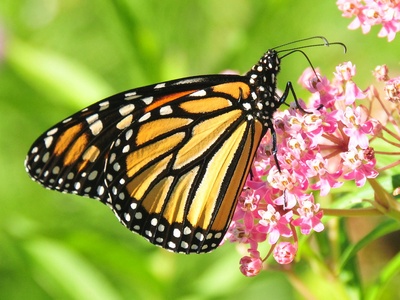
Swamp Milkweed
Moist-soil perennial of wet meadows and bog margins with pink flower clusters in summer. Attracts butterflies and bees, supports monarch caterpillars; useful in rain gardens and wetland restorations.

Wild Bergamot (Bee Balm)
Fragrant perennial of meadows and open woods producing lavender to pink tubular blooms in mid-summer. Nectar-rich for bees and hummingbirds; aromatic foliage used in cottage gardens and native plantings.
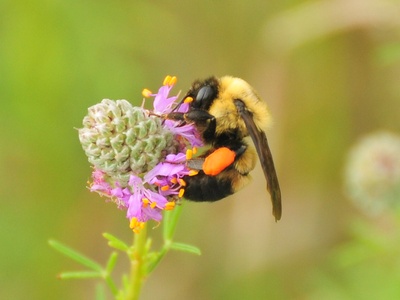
Purple Prairie Clover
Low-growing prairie perennial with purple spike flowers in summer that fix nitrogen and improve soils. Excellent for pollinators, prairie restorations and dry sunny slopes; tolerates drought and poor soils.
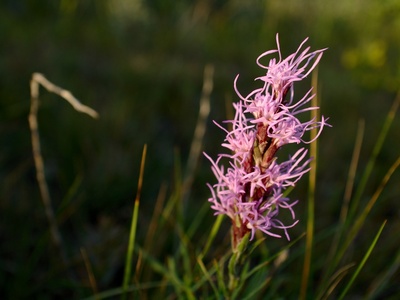
Blazing Star (Gayfeather)
Upright prairie perennial with dense purple flower spikes in mid to late summer. Superb for pollinators, cut flowers and meadow gardens; tolerates clay soils and periodic moisture.

Little Bluestem
Warm-season native bunchgrass forming blue-green summer clumps that turn coppery red in fall. Valuable for prairie restoration, wildlife cover and erosion control; drought tolerant and low-maintenance.
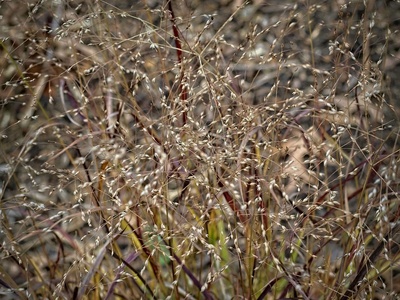
Switchgrass
Tall warm-season grass of prairies, meadows and wet margins with airy seedheads in late summer. Used in restorations, as forage and for erosion control; provides nesting habitat and winter seed for birds.

Beachgrass
Dune-stabilizing grass forming dense mats on sandy beaches and foredunes. Essential for coastal erosion control and habitat restoration, tolerates salt spray and shifting sands.
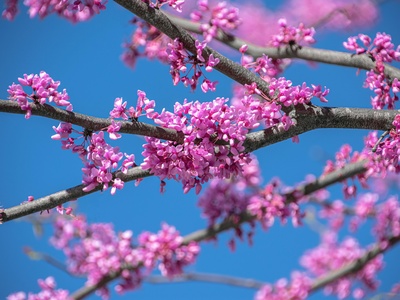
Eastern Redbud
Small ornamental tree of woodlands and stream edges with rosy pea-like spring blooms before leaf-out. Attracts pollinators and provides early-season nectar; popular in native landscapes and wildlife gardens.
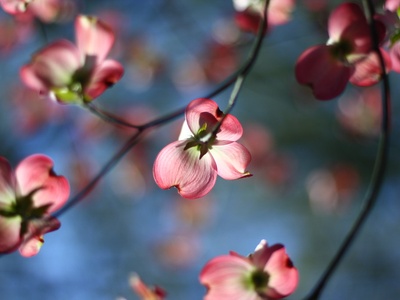
Flowering Dogwood
Understory tree with showy white to pink spring bracts, red fall fruit attractive to birds, and colorful autumn foliage. Prefers moist, well-drained soils; valued for habitat and landscape beauty.

Red Maple
Versatile wetland and upland tree with spring flowers, red twigs and brilliant fall color. Grows in a range of soils from swamps to dry uplands; important for wildlife and urban plantings.
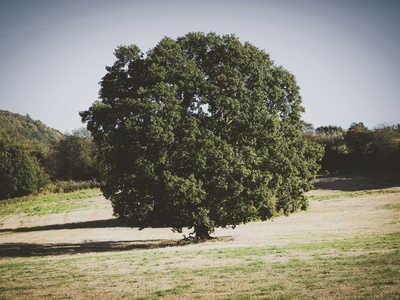
White Oak
Long-lived canopy oak of upland forests producing acorns favored by deer, squirrels and birds. Slow-growing but majestic; supports diverse insect communities and is a keystone species for many ecosystems.
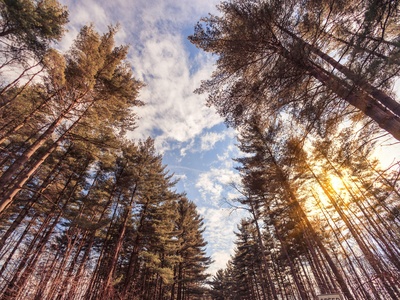
Ponderosa Pine
Tall pine of dry slopes and open forests with long needles and large cones. Valuable for wildlife cover and reforestation; tolerant of drought and fire-adapted in many landscapes.
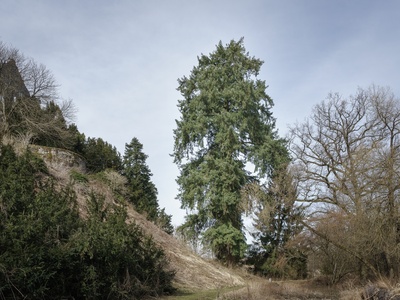
Douglas-fir
Iconic conifer of mixed mountain and coastal forests providing habitat and timber. Needles year-round, cones in late summer; important species for restoration and wildlife in western forests.
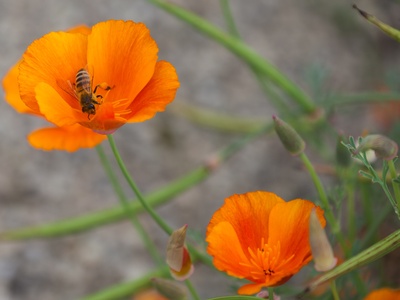
California Poppy
Low-growing annual/semi-perennial of dry, sunny slopes producing orange cup-shaped blooms spring through summer. Popular in native gardens and meadow restorations; drought tolerant and attractive to pollinators.

Wild Lupine
Perennial of sandy pine barrens and prairies with tall spikes of blue-purple flowers in late spring. Larval host for Karner blue butterfly and valuable in restoration of sandy openings.
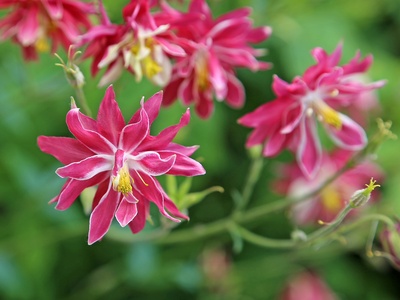
Columbine
Shade-tolerant spring-blooming wildflower with red and yellow nodding flowers that attract hummingbirds. Good in woodland gardens and naturalized areas; natural reseeder in moist, well-drained soils.

Joe-Pye Weed
Tall perennial of moist meadows that blooms summer with mauve-pink composite flower heads. Excellent nectar source for butterflies and bees; useful in rain gardens and pollinator plantings.
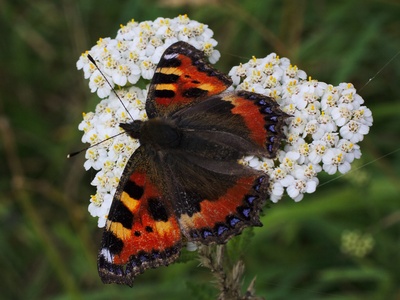
Yarrow
Tough perennial of meadows and roadsides with flat clusters of white to pink flowers from late spring to summer. Attracts beneficial insects, useful in dry, sunny native gardens; historically used in herbal medicine.

Wild Ginger
Low, shady woodland groundcover with glossy heart-shaped leaves and hidden maroon spring flowers. Valuable for native shade gardens, mulched areas and woodland restorations; supports soil health and invertebrates.

New Jersey Tea
Small shrub with white spring flowers attractive to bees. Used in prairie restorations and as a nectar source; historical medicinal use and good for wildlife-friendly yards.
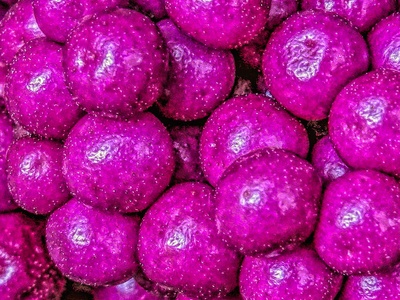
American Beautyberry
Multi-stemmed shrub with purple berry clusters in fall that feed birds and mammals. Summer leaves produce small lavender flowers; useful as a wildlife shrub in native landscapes and hedgerows.
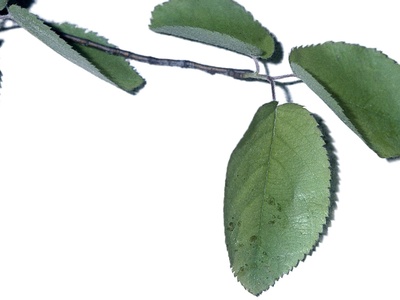
Serviceberry
Small tree with early spring white flowers, summer edible berries, and striking fall color. Great for wildlife, edible landscaping and naturalized plantings; tolerates a range of soils.

Spicebush
Shrub of rich, damp woodlands with fragrant yellow spring flowers before leaf-out and bright red fall berries that feed birds. Host plant for spicebush swallowtail caterpillars and useful in shady native gardens.

Highbush Blueberry
Deciduous shrub of acidic soils in bogs and forests with white spring flowers and edible summer berries. Excellent for pollinators, wildlife and home fruit production in acid-soil native gardens.

Black Cherry
Fast-growing canopy tree with clusters of white spring flowers and dark edible fruits that attract birds. Important for wildlife and early successional habitats; valued for timber and restoration plantings.
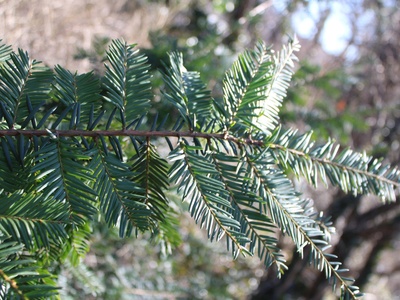
Eastern Hemlock
Shade-tolerant evergreen of cool, moist ravines and forests providing dense canopy cover. Slow-growing, important for stream shading and habitat but vulnerable to hemlock woolly adelgid in many areas.
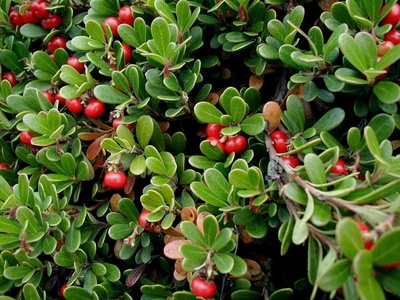
Kinnikinnick (Bearberry)
Low evergreen groundcover of rocky, sandy sites with glossy leaves, spring urn-shaped flowers and red berries. Excellent for erosion control, rock gardens and habitat in poor soils.
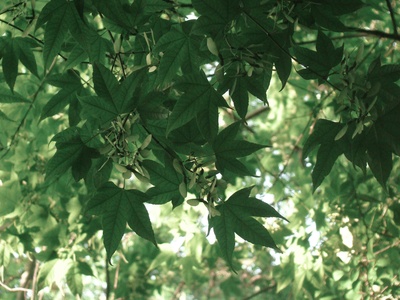
American Wisteria
Climbing woody vine with fragrant lavender pea-like flowers in spring. Less invasive than Asian wisterias; attracts bees and can be trained on arbors in sunny, well-drained native gardens.
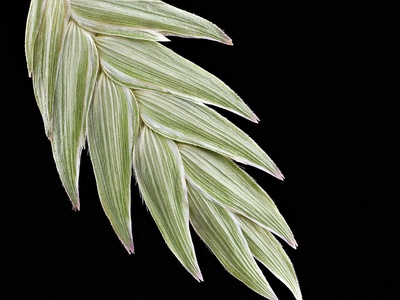
River Oats
Shade-tolerant ornamental grass with drooping oat-like seedheads in late summer. Useful for moist shade gardens, erosion control, and providing seeds for birds; spreads by rhizomes in rich soils.
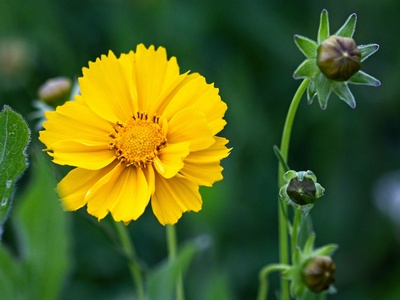
Coreopsis
Cheerful annual to short-lived perennial with bright yellow and red-centered flowers summer to fall. Attracts pollinators, easy to grow from seed and popular in wildflower meadows and roadside restorations.
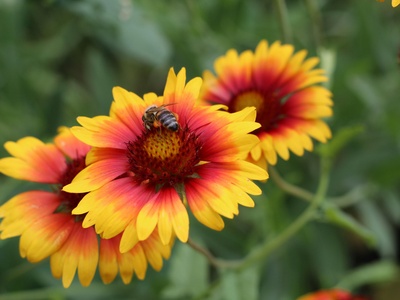
Indian Blanket (Gaillardia)
Low annual/perennial with bold red and yellow daisy-like blooms from spring into fall. Heat- and drought-tolerant, excellent for pollinator mixes and colorful meadow plantings.

Foxglove Beardtongue
Upright perennial with white to pale pink tubular flowers in late spring to summer. Attracts bees and hummingbirds, tolerant of a range of soils and used in pollinator gardens.
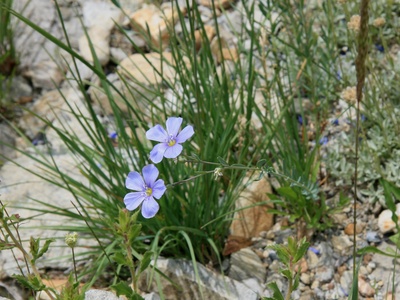
Blue Flax (Lewis Flax)
Delicate perennial with sky-blue flowers in late spring to early summer, preferring sunny, well-drained sites. Good for rock gardens and xeric meadows; attracts pollinators and reseeds readily.

Prairie Smoke
Short prairie perennial with nodding spring flowers followed by distinctive fuzzy seed heads. Ideal for rock gardens and prairie restorations; drought-tolerant and valued for early-season interest.

Canada Goldenrod
Late-summer to fall-flowering perennial that forms colonies in meadows and roadsides with golden plumes. Excellent nectar source for bees and butterflies; useful in prairie restorations despite sometimes being seen as weedy.
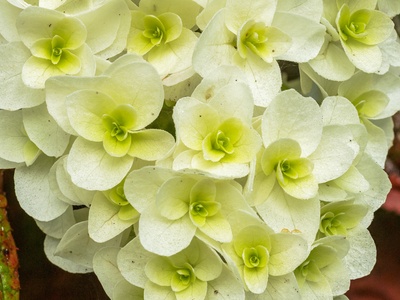
Oakleaf Hydrangea
Multi-stem shrub with large lobed leaves, showy white flower panicles in early summer and good fall color. Prefers part shade and moist soils; attractive understory choice for native gardens.
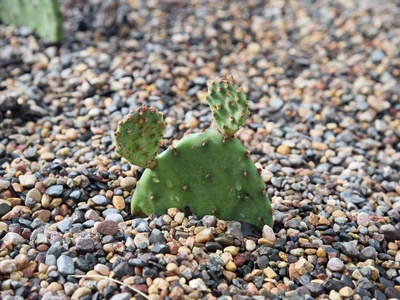
Eastern Pricklypear
Low-growing cactus with yellow spring flowers and edible red fruits. Excellent for dry, sandy gardens and pollinator-friendly rockeries; tolerant of heat and drought.
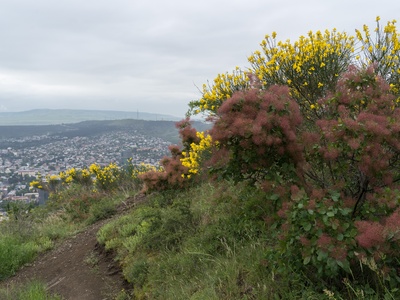
Smoketree
Small multi-stem tree with smoky, airy seed clusters in summer and striking purple foliage cultivars selected from wild forms. Provides seasonal interest and wildlife cover in native plantings.

Saguaro Cactus
Iconic columnar cactus of desert washes and bajadas that flowers late spring, producing white blooms and edible fruit. Long-lived keystone species for desert wildlife and specialized pollinators; protected in many areas.
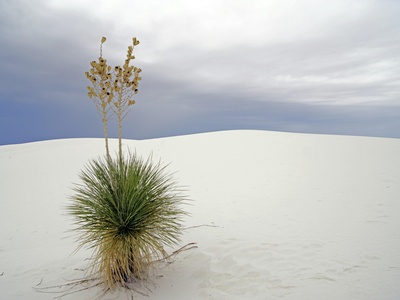
Adam’s-Needle (Yucca)
Rosette-forming evergreen with tall spikes of white bell flowers in summer. Drought-tolerant and useful for xeriscapes, sandy borders and wildlife gardens; provides nectar for moth pollinators.
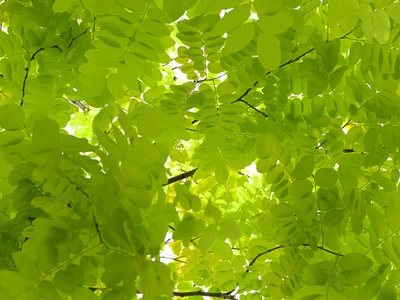
Black Locust
Fast-growing leguminous tree with fragrant white pea-flowers in late spring. Fixes nitrogen, useful in early successional plantings and soil-improvement projects; wood and wildlife value noted.

Sweetgum
Shade and moisture-tolerant canopy tree with star-shaped leaves and spiky gum balls; brilliant fall color. Common in bottomlands and urban plantings; provides mast and habitat for wildlife.

Northern Catalpa
Small ornamental tree with large heart-shaped leaves and showy white tubular flowers in late spring; long bean-like seed pods follow. Tolerates urban conditions and attracts pollinators and hummingbirds.
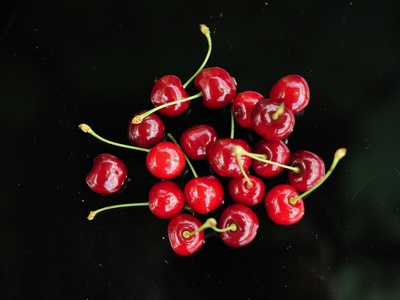
Cranberry Viburnum
Deciduous shrub with spring white flower clusters and tart red berries in fall that feed birds. Good for hedgerows, wildlife gardens and cold-tolerant native landscapes.
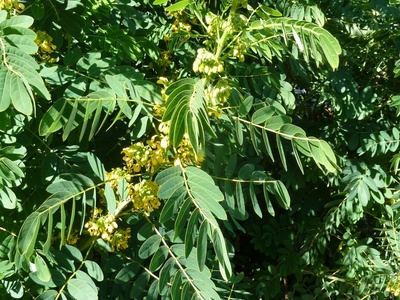
Wild Senna
Tall summer-blooming perennial with yellow pea-like flowers and seed pods; attractive to bees and butterflies. Useful in native meadow plantings and as a nitrogen-fixing companion species.

Trillium
Spring ephemeral of rich woods with three large leaves and a single showy white flower that ages to pink. Indicator of healthy mature forests; sensitive to disturbance and worth protecting in wildflower gardens.
